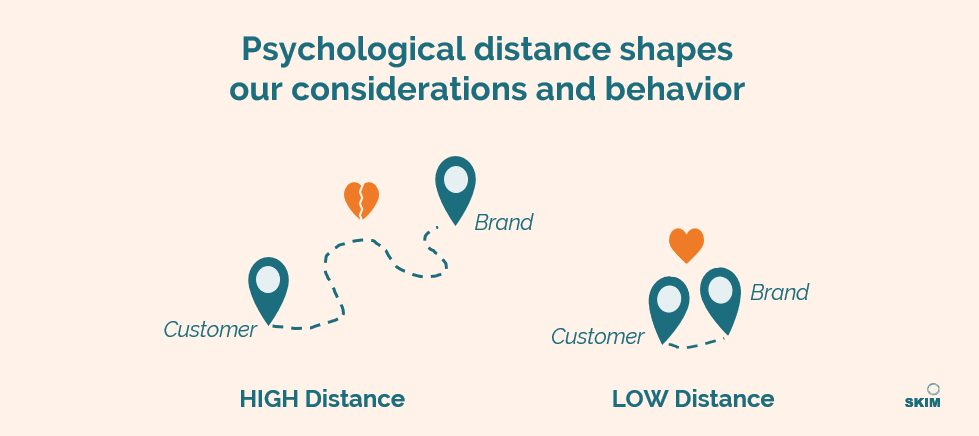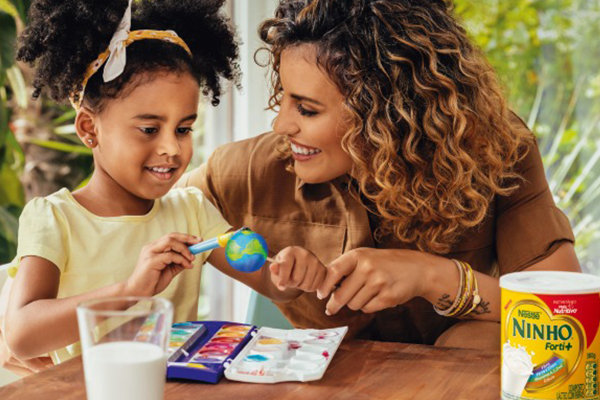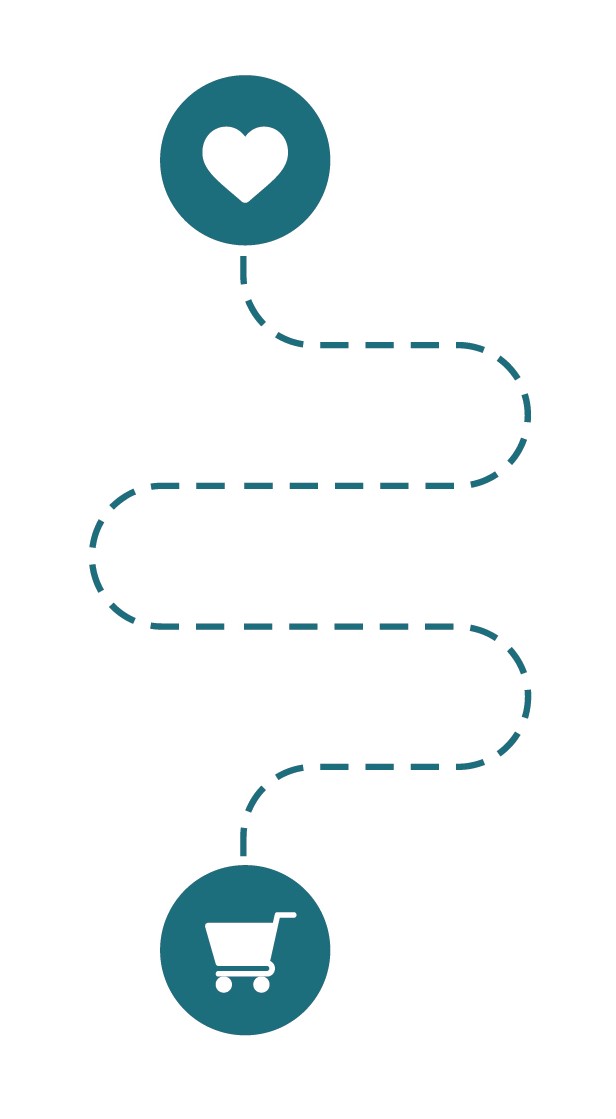
In today’s hyper-competitive market, your product doesn’t just need to be seen – it needs to captivate.
This is where the power of understanding consumer psychology comes into play.
Product claims and visuals can sometimes fail to appeal to the subconscious drivers behind consumer decision making, causing product claims and visuals to fall short and leaving potential conversions on the shelf.
Unilever lifted its claim win rate by 30% by deepening their understanding of consumer psychology and implementing SKIM’s proven approach to brand communications.
Tap into consumer psychology to optimize product content
Different levels of psychological distance alter people’s perception of reality. Lower psychological distance allows people to focus on your product or service concretely instead of abstractly, giving them a clear and tangible idea of what they are going to get. This impression, ultimately, allows the customer to “experience,” rather than see, the product.
Since people often form a mental image of the product experience and emotional state they desire, it is pivotal for a brand to use its words and visuals carefully to paint a picture that brings to life the mental image the customer has in mind.

In other words, reducing psychological distance helps create a match between what the brand offers (projected product experience) and what the customer wants (desired product experience). This approach, ultimately, leads to a more meaningful connection with your customer and affects their behavior in ways beneficial to your brand.
SKIM’s proven approach to brand communications
How do you apply this theory in your brand communication?
As the preferred messaging insights partner for some of the world’s leading brands, we have tested more than 50,000 messaging, claims and key visuals at SKIM. Every day our communications experts advise marketers on how to optimize brand communications.
We know which product messages and visuals are most likely to trigger consideration, and which should be avoided. In fact, SKIM’s communications principles were recently validated in neuroscientific study we conducted in collaboration with the University of Amsterdam.
The study results show how applying SKIM’s psychological distance theory to messaging reduces inhibition, improves value perceptions and drives behavior for brands.
Download our brand communications guide today for product claims and visuals that don’t just get noticed – they make an impact.
Product content guidelines in action

Unilever’s secret behind winning product claims and brand visuals
“In preparation for a haircare brand relaunch, it was vital to perfect on-pack communications. Tapping into consumer psychology was a key element in our process of revitalizing our product claims. The SKIM approach helped us meaningfully connect with consumers and drive choice at the point-of-sale.”
Claims Expert – Unilever

Leading eCommerce site applies psychology principles to drive conversion
“It was very shocking to me that when you start to actually invest in the image quality, there was a huge improvement in sales….. With the same amount of ad spending, we could easily see 2 – 3x more conversion.“
eCommerce pioneer – Qoo10

Nestlé’s agile messaging approach to drive brand loyalty
“Applying the psychological distance theory and quickly testing the messages with a mobile-first approach, helped us create stronger claims. We updated point-of-sale materials to better communicate brand benefits and launched an ad campaign, reaching 5M people in a few days.”
Consumer & Marketplace Insight Manager – Nestlé
3 Tips to develop more impactful product sustainability claims
SKIM conducted a meta-analysis of FMCG claims studies with sustainability and combined these insights with SKIM’s communications guidelines. David Voxlin, Sustainability and Decision Behavior Lead, reveals 3 ways to optimize product sustainability claims and on-pack messaging to drive consideration and brand loyalty.
“Though the sustainable aspect of a product or service is of great importance, the functionality of it (i.e., efficacy for personal care/home care and taste for food) should remain the primary focus of the on-pack messaging.“
Sustainability and Decision Behavior Lead – SKIM

